This week’s Washington Post Weekend section includes a feature article on the Best museums for kids in D.C. It’s worth a read because of its detailed descriptions of several very worthwhile kid-friendly museums in a city full of museums.
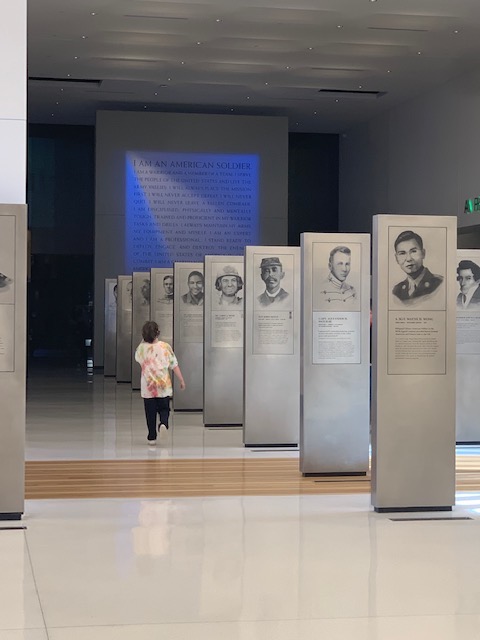
The five museums featured in the article – the National Museum of Natural History, National Children’s Museum, National Air and Space Museum in D.C., International Spy Museum, and National Museum of American History – are ones we’ve visited and enjoyed numerous times. The International Spy Museum is at the top of the list for all three of our kids, and the National Museum of Natural History and the National Air and Space Museum in D.C. are also top family picks.
For our neurodiverse family, the article ignited a conversation about personal favorite museums for tweens and teens.
Here are five other DC-area museums and attractions that stand out for our family and may resonate with yours…
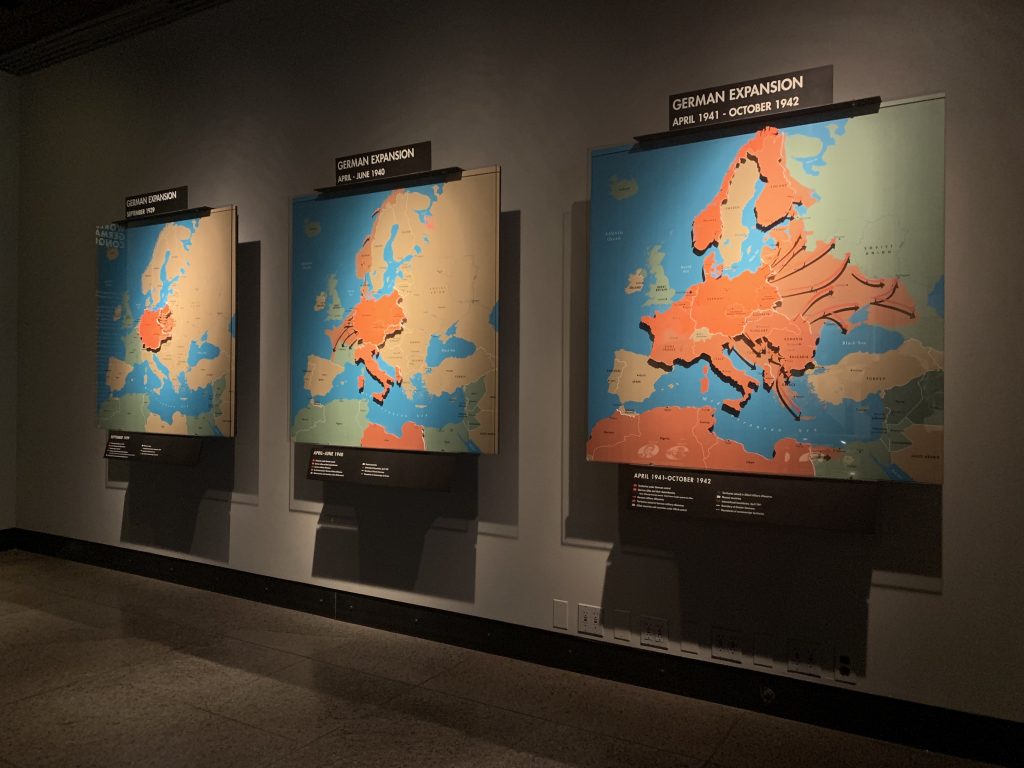
#1 The United States Holocaust Memorial Museum: 100 Raoul Wallenberg Place, SW, DC 20024-2126 (main entrance on 14th St.); cost – free, except for a $1 online processing fee for each ticket – I have always thought this is the best museum in D.C. But for years, I didn’t take our kids there because the topic – obviously, the Holocaust and genocide more broadly – seemed overwhelming and maybe too mature for them to grasp. I finally acquiesced to our daughter’s requests to visit and realized through watching her and our sons’ reactions that it is a museum for everyone, regardless of age. The Holocaust Museum calls itself a “living memorial to the victims of the Holocaust” and its aims are lofty: remember the @11 million victims and educate visitors to inspire all of us to stand up to “hatred, prevent genocide and promote human dignity.” It succeeds on all fronts.
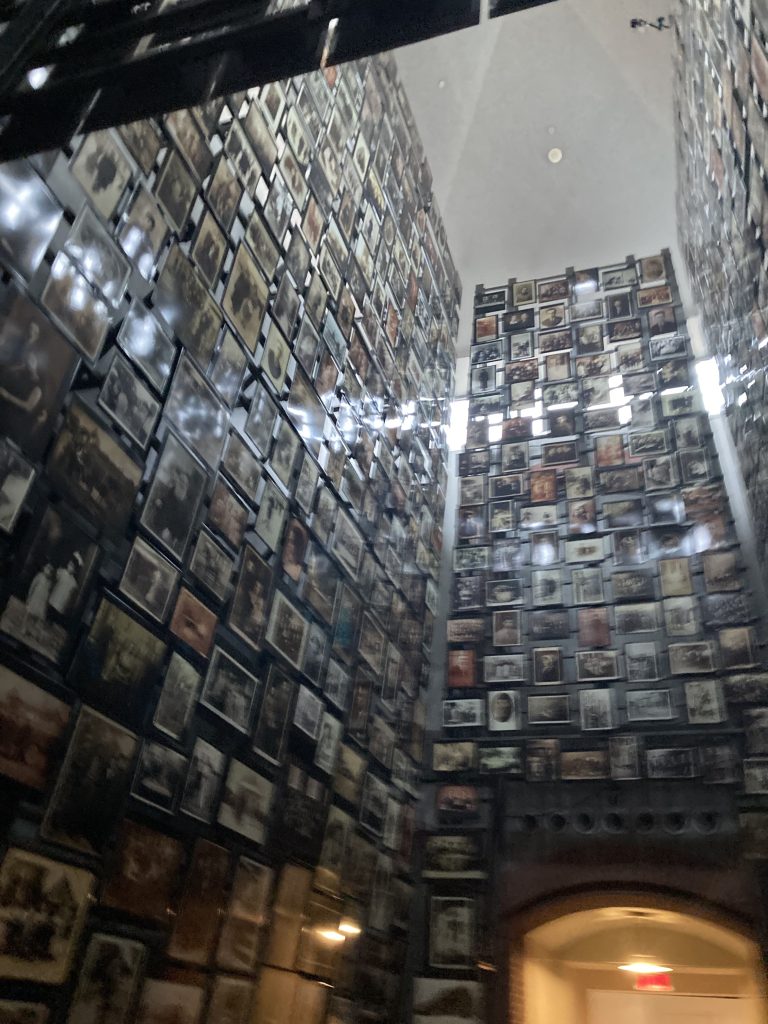
The museum has three floors of permanent exhibitions, which cover the Nazi Assault (1933-1939), the Final Solution (1940-1945), the Last Chapter (resistance to the Nazis and end of the war), and a Hall of Remembrance, in which you can light a candle for an individual lost in the Holocaust – and temporary exhibitions on other floors, which are as astounding as the permanent ones.
The permanent exhibitions do a phenomenal job of explaining what happened at each devastating stage of the Holocaust and raising questions about the tragedy. The museum is clear – it does not seek to provide answers (other than historical and factual ones), but instead seeks to provoke questions about why and how this genocide was able to occur and what we can do to prevent genocide in the future.
When we visited recently, there were numerous temporary exhibits, which can take hours on their own, and we walked through one of them – the Americans and the Holocaust exhibition, which sought to interactively examine the American response to Nazism, the war and the Holocaust. Throughout the museum, the building is beautiful and the exhibitions crystal clear and compelling.

At the end of our most recent visit, I found myself thinking, an estimated 1.5 million children died during the Holocaust – and neurodiverse children were targeted specifically by the Nazis; doesn’t it make sense for my children to see the sacrifices these children and their families had to make because leadership and society made terrible decisions?
My concerns that my children might experience anxiety from the Holocaust Museum were misguided – in fact, any anxiety they’d felt about the Holocaust occurred before visiting the museum – when they had only a partial picture of the tragedy but didn’t fully understand what happened. This museum helped fill in blanks in their minds, which seemed to, instead, reduce their anxiety about this important topic and its impact on the world.

#2. Planet Word: 925 13th St., NW; cost – free – This brave museum stepped out into the world when many others were closing down. First opening in May 2020, Planet Word calls itself “an immersive language experience” and the “world’s first voice-activated museum” with “interactive galleries and exhibits [that] bring words and language to life in all sorts of fun ways.” It was the brainchild of Planet Word Founder and CEO Ann Friedman, a retired teacher and the wife of long-time New York Times foreign affairs columnist Thomas Friedman.
Planet Word is located at the Franklin School, which served as the “flagship building of eight modern urban public school buildings constructed in Washington, D.C., between 1862 and 1875 to house, for the first time, a comprehensive system of universal public education.” The building was also the site of Alexander Graham Bell‘s first wireless communication and, in later years, a homeless shelter.
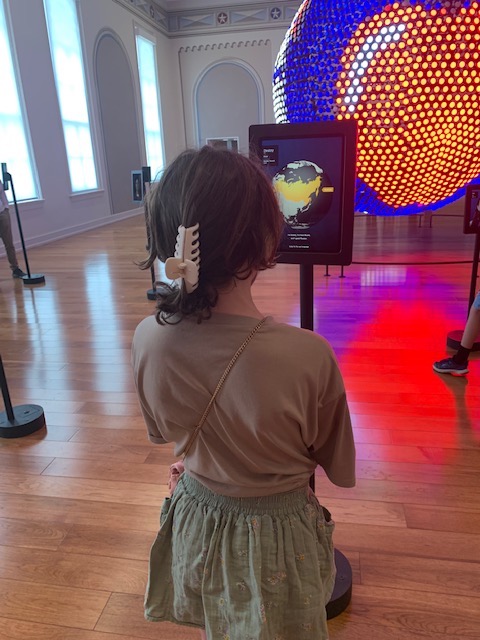
The museum begins to reach visitors in the main entrance courtyard, where a sparkling Speaking Willow tree softly voices hundreds of languages. It then unfolds across the facility’s 11 rooms on three floors, in which interactive exhibits and galleries in a multitude of languages seek to communicate the “power, fun, and beauty of words.”
Museum highlights for our family included:
- Where Do Words Come From? A 20-foot-tall wall of words that tells the story of the English language
- The Spoken World – Interactive adult-height panels that allow you to meet speakers and signers representing dozens of types of languages
- Unlock the Music – a Karaoke-style exhibit that lets visitors learn songwriting techniques that can lead to a hit song
- The Library – A library unlike any other, with a hidden entrance and interactive exhibits that feature classics and famous books
- Lexicon Lane (per person fee to enter) – An escape room-like experience with clever clues everywhere you look
- Immigrant Food+ Restaurant – On the lower level – delicious food in various culture and languages
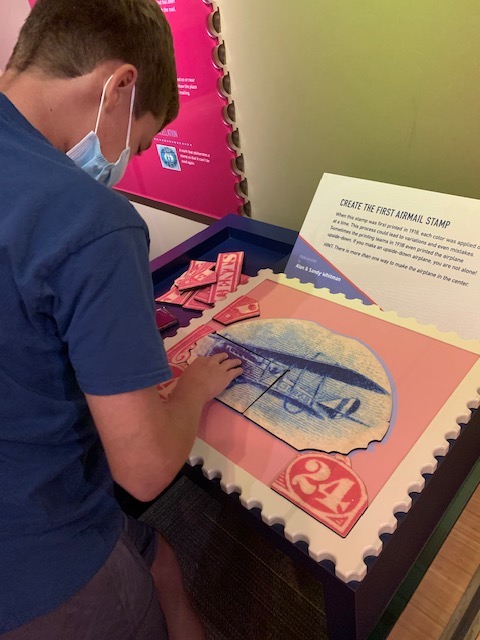
#3. Smithsonian National Postal Museum: 2 Massachusetts Ave., N.E. (right next to Union Station); cost – free – Located in the beautiful building that served as Washington D.C.’s post office from 1914 through 1986, the museum utilizes the Smithsonian’s vast postal and philatelic (stamp) collections to tell the story of the role the postal service has played throughout American history.
Sound boring? It’s not. We spent hours during a rainy day wandering around the museum and enjoying the many exhibits and activities including:
- Walking into and sitting in various types of mail vehicles, from the Pony Express to a mail rail car and a military mail delivery vehicle. This exhibit, which takes up the entire bottom floor of the museum, tells the history of American mail transport through real vehicles and equipment
- Designing and mailing postcards to ourselves and other people
- Learning the history of the postal system and stamps through a floor-to-ceiling interactive exhibit
- Creating our own stamp collections and virtual stamps
- Racing each other during a mail sorting competition
- Walking through a replica of the Boston Post Road
- Checking out a diorama of the mail’s function on an urban street
- Searching for the images, statues, and historical references of Owney the mail dog, who rode a Railway Mail Service train every day for most of his life and became the unofficial mascot for the US Postal Service
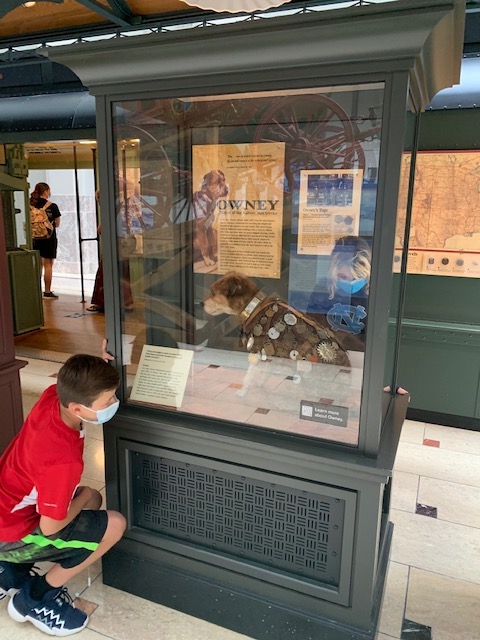

#4. Library of Congress: Thomas Jefferson Building – 10 First Street SE; cost – free – The Library of Congress (LOC) holds the distinction of being the largest library in the world. It’s also the primary research arm of the U.S. Congress. In addition to housing “millions of books, films and video, audio recordings, photographs, newspapers, maps, and manuscripts,” it’s a museum worth visiting.

Individuals 16 years and older with a Reader Identification Card can view books and other resources available in the Main Reading Room, and the museum’s fascinating exhibits are available for visitors of all ages. Among the things you can see at the LOC:

- Murals depicting “the evolution of the written word”
- Priceless documents including the Gutenberg Bible, one of the earliest books produced by the first printing press in Western Europe, which led to its mass consumption when books were not yet available to the masses
- The spectacular Great Hall, first opened to the public in 1897 and was designed to represent perspectives of that time period of America’s “industriousness, technological capabilities, and intellectual promise.” Everywhere you look in the Great Hall, beautiful artwork tells a story of our nation’s history
- Thomas Jefferson’s Library – a re-created version of the former President’s library, and 6,487 volumes from that library that became the founding documents for the LOC
- Mapping a Growing Nation: This includes the first map of the newly independent U.S. as well as other maps that show a growing understanding of the world as it was discovered
- Other exhibits temporarily available – When we visited, we were able to see enlightening exhibits about the women’s right to vote in the U.S. and the role of women, including Rosa Parks, in the civil rights movement
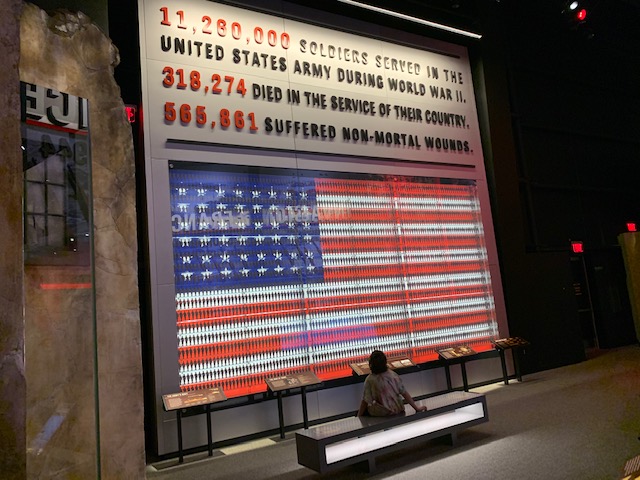
#5. National Museum of the United States Army: 1775 Liberty Drive Fort Belvoir, VA 22060; cost – free – Outside of the District, this museum depicts the history of hundreds of years of the Army, Army Reserve, and Army National Guard, and the stories of soldiers who are part of each organization.
The vast museum sits on the grounds of an Army installation in Fairfax County, VA that serves more than 200,000 military, civilians, retirees, and civilians. Inside, the museum uses life-size exhibits and descriptions to tell the story of the role of the Army and related organizations during the founding of America, through various wars, and in today’s society. It also offers an immersive Experiential Learning Center (ELC) where visitors can hear about and develop skills utilized by soldiers.
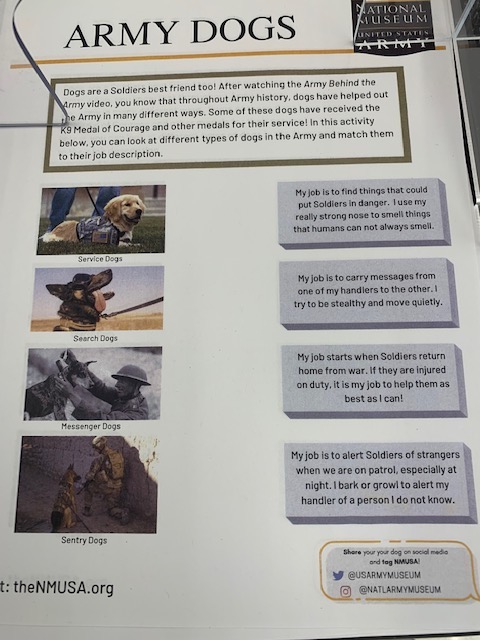
Our kids spent several hours on and off in the ELC cracking codes, learning how to make and unveil invisible ink, matching different types of Army dogs with their missions, and learning interesting facts about the Army, like how in the world West Point and military installations are able to prepare food for and feed thousands of soldiers in a very short period of time three times a day.
What attractions in the DC area do your neurodiverse tweens or teens love? Rocketaround.com wants to know!

